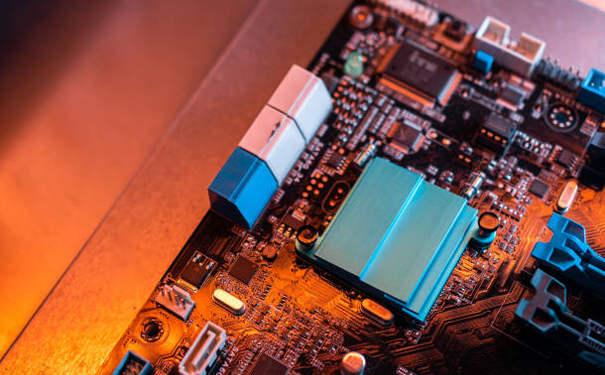Optoelectronic devices, as an important component of modern technology, are increasingly widely used in fields such as communication, energy, and detection. The main characteristics of optoelectronic devices are the foundation of their functions and applications. This article will explore these characteristics in detail and explain their applications in modern technology.
The photoelectric effect is one of the most fundamental and important characteristics of optoelectronic devices. When a beam of light shines on the surface of certain metals or semiconductors, it can cause the escape or transition of electrons, resulting in the generation of current or voltage. This feature enables optoelectronic devices to achieve photoelectric conversion, converting light energy into electrical energy, providing a foundation for the operation of devices such as solar cells and photoelectric sensors.

The sensitivity of optoelectronic devices is one of the important indicators for evaluating their performance. Optoelectronic devices with high sensitivity have fast response speed and high accuracy to optical signals, and can accurately capture changes in optical signals, thus playing an important role in high-precision measurement, control, and communication fields. For example, in fiber optic communication, highly sensitive photodetectors can ensure accurate signal transmission and improve communication quality.
In addition, the bandwidth of optoelectronic devices is also a key indicator of their performance. The bandwidth determines the responsiveness of optoelectronic devices to high-speed signals. With the rapid development of information technology, the demand for high-speed signal processing and transmission is increasing. Optoelectronic devices with wide bandwidth play a crucial role in fields such as optical communication, radar, and satellite communication.
Different types of optoelectronic devices also have different wavelength response ranges, namely the device wavelength range. For example, silicon solar cells mainly respond to the visible light band, while infrared detectors mainly respond to the infrared band. This characteristic gives optoelectronic devices an advantage in detecting and measuring specific bands, and is widely used in fields such as remote sensing, night vision, and environmental monitoring.
In addition to the above characteristics, optoelectronic devices also have performance indicators such as photoelectric conversion efficiency, frequency response characteristics, linearity, etc. The photoelectric conversion efficiency is a measure of the ability of optoelectronic devices to convert light energy into electrical energy, and is an important criterion for evaluating the performance of optoelectronic devices. The frequency response characteristics describe the frequency response characteristics of optoelectronic devices in the conversion of optical and electrical signals, which have a significant impact on their performance in communication, control and other applications. Linearity reflects the degree of linear relationship between the input optical signal and the output electrical signal of optoelectronic devices, and is a key factor in ensuring accurate signal transmission of optoelectronic devices.
In modern technology, the application of optoelectronic devices is very extensive. For example, in the field of optical communication, optoelectronic devices are used to achieve the emission, reception, and conversion of optical signals, ensuring the high-speed and accurate transmission of information. In the energy field, photovoltaic devices such as solar cells convert solar energy into electricity, providing strong support for the development and utilization of sustainable energy. In the field of detection, photoelectric sensors and other devices are used to measure and monitor various physical quantities, providing important means for industrial automation, environmental monitoring and other fields.
In summary, the main characteristics of optoelectronic devices include photoelectric effect, sensitivity, bandwidth, wavelength range, etc. These characteristics together determine the performance and application range of optoelectronic devices. With the continuous development of technology, the performance of optoelectronic devices will continue to improve, and the application fields will also be further expanded, contributing more strength to the progress and development of human society.
The copyright of this article belongs to the original author. The reprint of the article is only for the purpose of disseminating more information. If the author's information is marked incorrectly, please contact us immediately to modify or delete it. Thank you for your attention!

